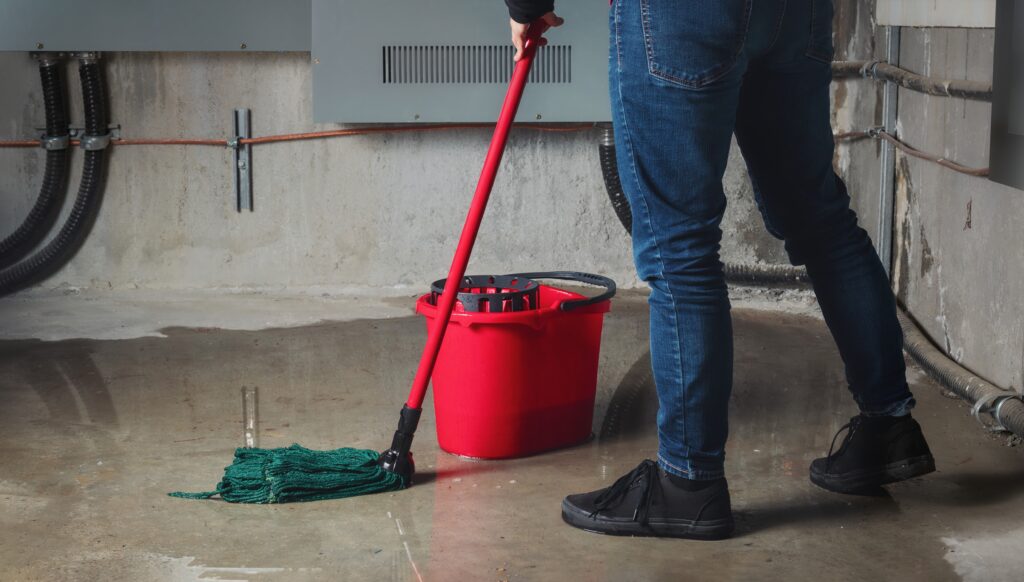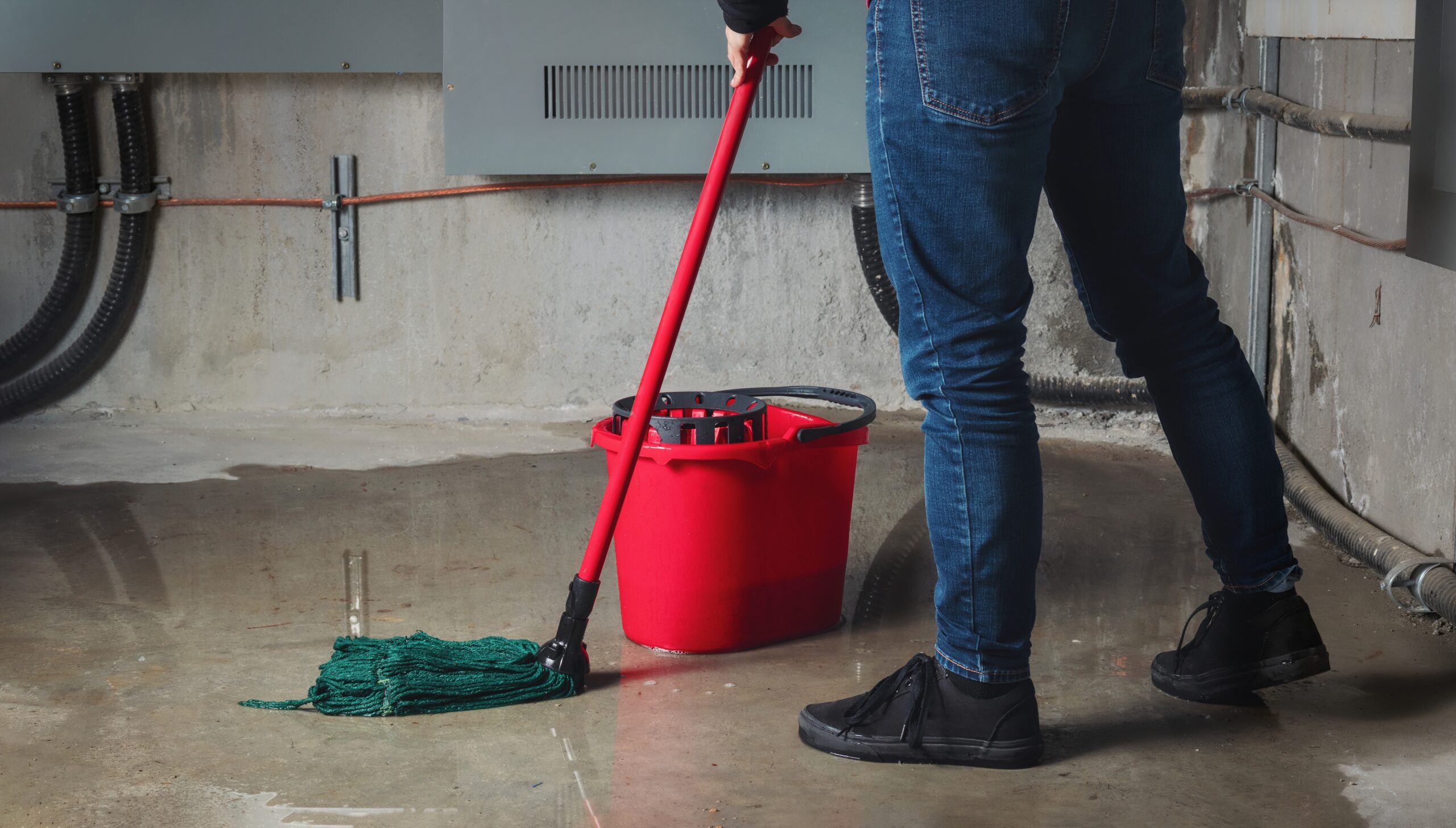 It’s almost here… the increasing likelihood that big rainstorms will get basements wet due to water backups through basement drains or sump pump failures. Imagine coming home, stepping into your basement, and finding a pool of murky water where your carpet used to be. Is it rainwater or sewage? How long has it been there? Can my furnace swim? Whatever your response, it needs to involve getting your basement dried out (and perhaps disinfected) — by professionals – as soon as possible, because mold is bad stuff!
It’s almost here… the increasing likelihood that big rainstorms will get basements wet due to water backups through basement drains or sump pump failures. Imagine coming home, stepping into your basement, and finding a pool of murky water where your carpet used to be. Is it rainwater or sewage? How long has it been there? Can my furnace swim? Whatever your response, it needs to involve getting your basement dried out (and perhaps disinfected) — by professionals – as soon as possible, because mold is bad stuff!
The “standard” homeowner insurance policy does not cover the costs to dry up, clean up, tear out and repair/replace property damaged by drain backups or sump pump failures. This coverage can be added, usually referred to as a “water and sewer backup” endorsement, and it has its own deductible and limit of coverage.
Too often, the costs to dry up, clean up and tear out soaked carpets, drywall, etc. are underestimated by homeowners. These costs could be $5,000 to $10,000 or more. This might not leave much insurance money to replace drywall, carpets, furniture, and other belongings. Let’s not forget the cost to repair the furnace (in case yours can’t swim).
In addition to the financial costs of a wet basement, there’s also a psychological toll involved! You’re better off taking steps to prevent a wet basement, and having your homeowners policy as a last resort. Some quick facts here on how to prevent a wet basement:
- If you have a home in an older, established neighborhood, the odds increase of a tree root getting into a drain and causing problems. Have your drains checked and get them cleaned out.
- Pour water in your crock and make sure the pump turns on and pumps out the water. Consider installing a water or battery powered back up to your sump pump. If the power is out due to a big storm, so is your sump pump!
- Get a Wi-Fi enabled water sensor to tell you if your basement is wet. A water sensor could help you get the jump on this situation!
Increasing your water/sewer coverage limit won’t break the bank. Contact your insurance agent for a good conversation about protecting yourself this spring!


